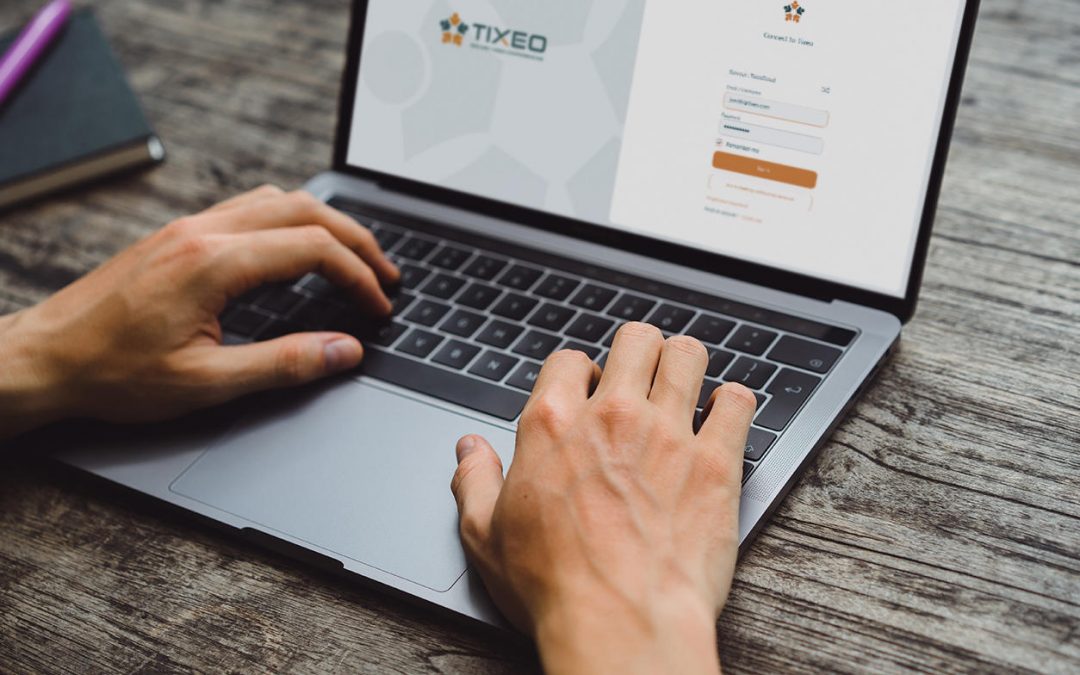The latest Tixeo 17.02 release includes Single Sign-On (SSO) to simplify access to video-collaboration.
What is single sign-on or SSO?
Different services and applications are used to collaborate, especially when working from home. Logging in with dozens of different passwords is very cumbersome and slows down team efficiency.
SSO provides simple and immediate access to solutions deployed in the workflow, without the need for system administration. By creating an authentication token, stored in the browser or in the SSO solution servers, users can automatically and securely log in to different applications and services by entering a single set of user IDs and passwords.
Tixeo has chosen the OpenID connect protocol for its video collaboration solution
Various protocols exist to implement SSO. Today, Tixeo has chosen the OpenID Connect protocol. This protocol facilitates the integration of SSO in organisations thanks to the use of a standardised profile for identity providers. It also enhances the security of authentication processes through the use of JSON Web Tokens (JWT) that protect user information with a secret key.
In the future, other protocols may be added, such as SAML (Security Assertion Markup Language).
TixeoServer customers, Tixeo’s on-premises video conferencing offer, can easily integrate SSO with their identity provider.
To do so, go to the administrator settings, “SSO” section, to fill in the necessary information and allow authentication on different accounts.
What are the benefits of SSO for collaboration?
Increase the fluidity of use
Users can more easily access the various services and applications deployed in the company to collaborate, particularly in the context of teleworking or hybrid work. SSO thus facilitates collaboration and improves the efficiency of teams, who often have to switch between different tools.
Enhance security
No more juggling passwords!
This fluidity of use also increases security. Indeed, having to enter different passwords often leads users to reduce their complexity or, worse, to use the same ones on different accounts to save time. The risks of computer attacks are therefore high. SSO limits these risks by creating a single security framework, with a well-defined password policy and increased access monitoring.
Facilitate user access management
With SSO, user access and permissions are managed centrally, which saves system administrators a lot of time. The process provides real-time information on these accesses (date and time, location, etc.) to better control them and react quickly in the event of an alert. Indeed, IT teams can easily deactivate a user’s access if it seems corrupted following the loss of a professional device for example.


